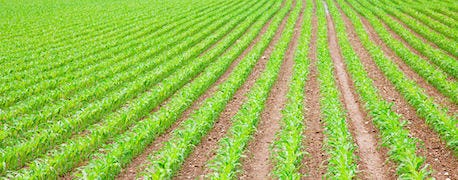June 11, 2013

To help Wisconsin producers in making their cropping decisions in the upcoming year, several field crop, vegetable, and pasture budgets are available and updated for 2013. These budgets calculate the costs associated with using tractors, implements, and durables.
The costs calculated are energy use, labor, repairs, ownership interest cost, and depreciation charge. With the increasing prices for fertilizer, fuel, seed, and pesticides, these budgets are best used as a "side-by-side" comparison tool to analyze financial costs and benefits for producing different crops.

Wisconsin Crop Budgets For 2013 Available Online
The field crop budgets include barley, corn after corn, corn after soybeans, corn silage after alfalfa, corn silage after corn, oats, rye, soybeans, spring and winter wheat, seeding alfalfa and established alfalfa for hay and haylage. There are two established pasture and two pasture establishment budgets.
There are 15 commercial vegetable budgets include the following: cabbage (non-irrigated), carrot (non-irrigated), pickling cucumber (irrigated), slicing cucumber (irrigated), peas (irrigated and non-irrigated), potato (non-irrigated and irrigated), snapbean (non-irrigated and irrigated), and sweet corn (non-irrigated and irrigated).
There are 23 fresh market vegetable budgets. The fresh market vegetable budgets include the following: asparagus, beet, broccoli, Brussels sprouts, cabbage, cauliflower, cucumbers, eggplant, garlic, honeydew melon, leek, muskmelon, onion, peas, Bell pepper, pumpkin, salad greens, snapbean, summer squash, sweet corn, tomato, watermelon, and winter squash.
The crop budgets can be downloaded from the Farm Team web site at www.uwex.edu/ces/farmteam/. Look in the Enterprise Budgets heading.
For more information about these crop budgets, contact Ken Barnett at 715-355-4561 or [email protected].
Source: University of Wisconsin Cooperative Extension
You May Also Like




